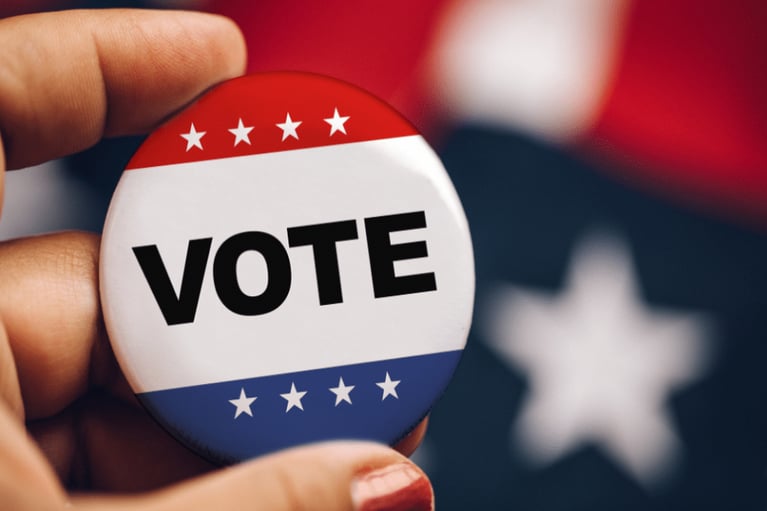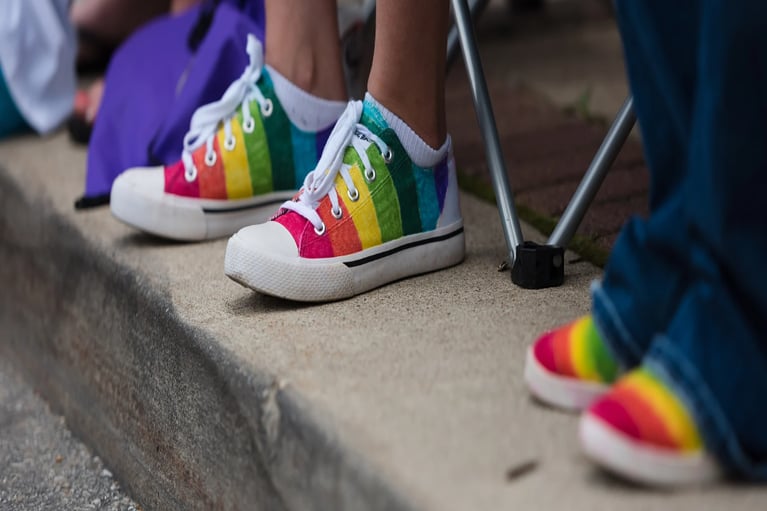LGBTQ+: An Evolving Term for an Evolving Language
During an internal training on inclusive language, one of our team members asked, “What’s the right term to use? LGBT? LGBTQ? LGBTQIA? LGBTQ+?”
The answer is—you guessed it—“it depends.” There is no universal standard, and good arguments support each option. If your goal, like ours, is to create greater inclusiveness in the language you use, then it’s important to consider this question. And, of course, we’re editors, so we want to be right too.
Our knowledgeable colleague, who happens to be a member of that community, suggested LGBTQ+ would be the best option. In this post, we’ll explain why we like this term and how we came to that conclusion.
What do all these letters mean?
You’re not imagining things—this initialism has grown over time. As Jeffry Iovannone explains, “Until the 1990s, ‘gay’ was often used as a shorthand to refer to the entire spectrum of sexual and gender minorities. This usage shifted with the rise of bisexual, transgender, and queer movements, giving birth to the four-letter LGBT initialism.” Because the driving idea behind the initialism was inclusivity, the initialism soon gained an additional “Q,” understood to include those outside of sexual or gender norms. That drive for inclusivity continues, leading to lengthier versions of the initialism.
One widely used initialism is LGBTQIA, and here’s what it stands for:
- L—Lesbian
- G—Gay
- B—Bisexual
- T—Transgender
- Q—Queer, Questioning
- I—Intersex
- A—Agender, Aromantic, Asexual
Yet not even this expanded version includes everyone, which brings us to our main point. The LGBTQ+ banner stretches over an incredibly diverse group of people, and if you ask a dozen people under that banner what initialism they think is best, you’ll likely get a dozen answers. Language is communal, and even within one community you may not find consensus, much less an authority who could or would say, “This is right, that is wrong.”
What’s the difference between LGBTQ and LGBTQ+?
A friend of ours shared this golden question from her teenage son, “I know what LGBTQ is. But is LGBTQ+ the premium version?”
At the risk of making this initialism look like a streaming service, that plus sign does some heavy lifting. LGBTQ is a fine choice for any business—GLAAD uses the term LGBTQ, which is a pretty solid endorsement. Using LGBTQ+ forces attention to the plus sign and thus forces awareness to the fact that no initialism can really encompass this entire community. By adopting LGBTQ+, we acknowledge the limitations of the initialism as we strive for that elusive inclusivity.
But Pride Month is almost over!
Sure, it’s June 29, the second-to-last day of Pride Month. But LGBTQ+ people are still LGBTQ+ from July through May, so remember to be an ally year-round. And if you missed our earlier post on the singular “they,” you can read it here.
About the Author: Deb Moeller





